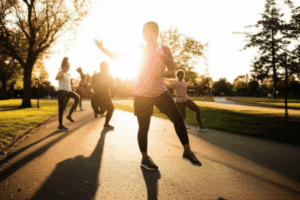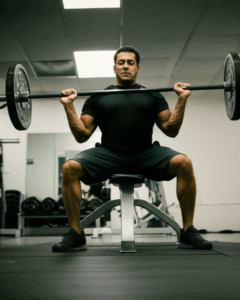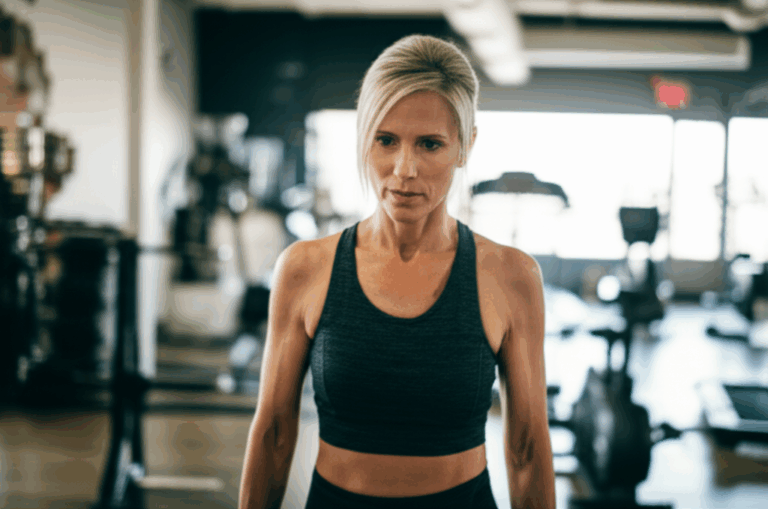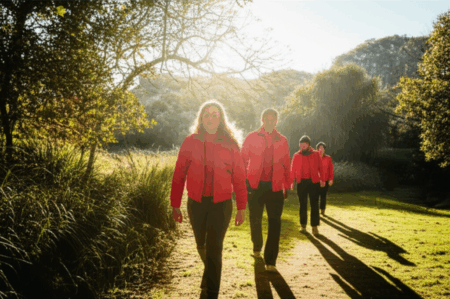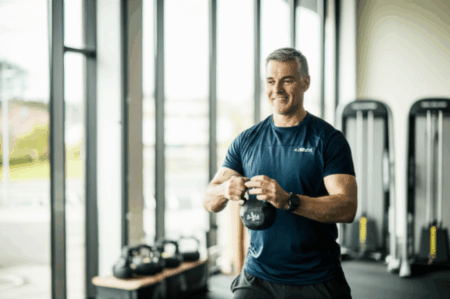Menopause marks a significant physiological transition for women, often accompanied by unwelcome changes such as a decline in muscle mass and an increase in fat, particularly around the abdomen. This loss of muscle, medically termed sarcopenia, is largely driven by the natural decrease in estrogen, a hormone crucial for muscle maintenance, regeneration, and strength. While conventional wisdom often points to steady-state cardio or traditional strength training, high-intensity interval training (HIIT) in the form of bike sprints emerges as a particularly potent strategy for not just preserving, but actively building and maintaining muscle during this critical life stage.
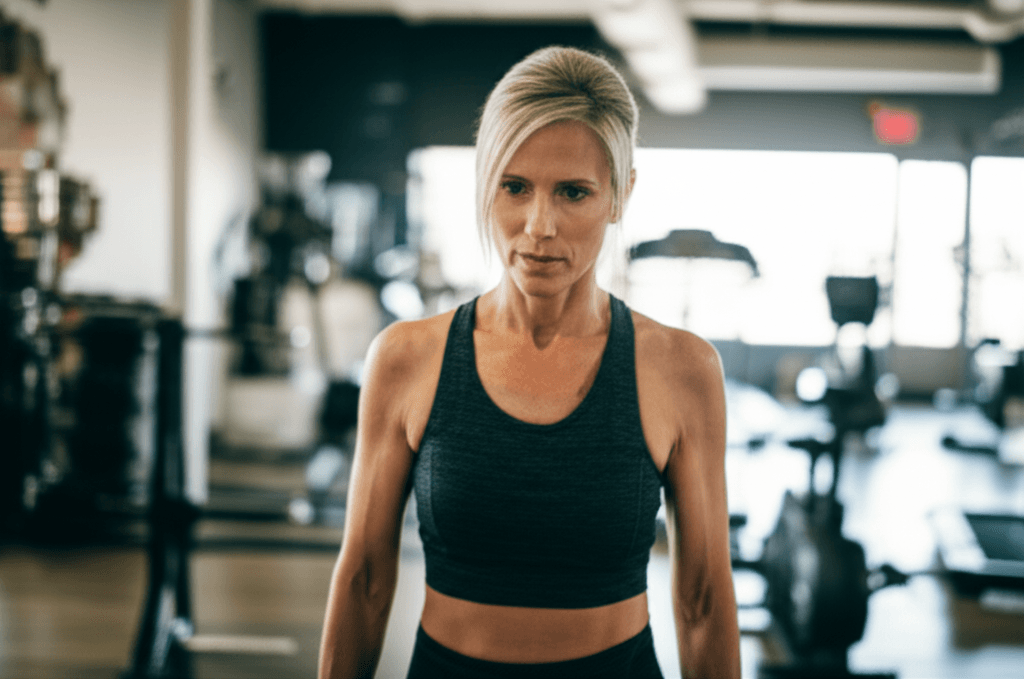
The Menopause-Muscle Connection: Why Estrogen Matters
As women approach and enter menopause, typically between ages 45 and 55, their estrogen levels fluctuate and then significantly decline. Estrogen plays a pivotal role in various bodily functions beyond reproduction, including promoting muscle protein synthesis, influencing mitochondrial function, regulating inflammation, and enhancing muscle repair mechanisms. The reduction in estrogen disrupts these processes, leading to a decrease in muscle mass and strength, and can also lead to increased inflammation and oxidative stress. Studies indicate that women in late perimenopause can have significantly less muscle mass in their limbs compared to those in early perimenopause. This loss of muscle has broader implications, affecting metabolic health, increasing the risk of weight gain, insulin resistance, type 2 diabetes, decreased bone density, and a higher risk of falls and fractures.
Traditional strength training is crucial to mitigate muscle loss, but bike sprints offer unique, complementary benefits.
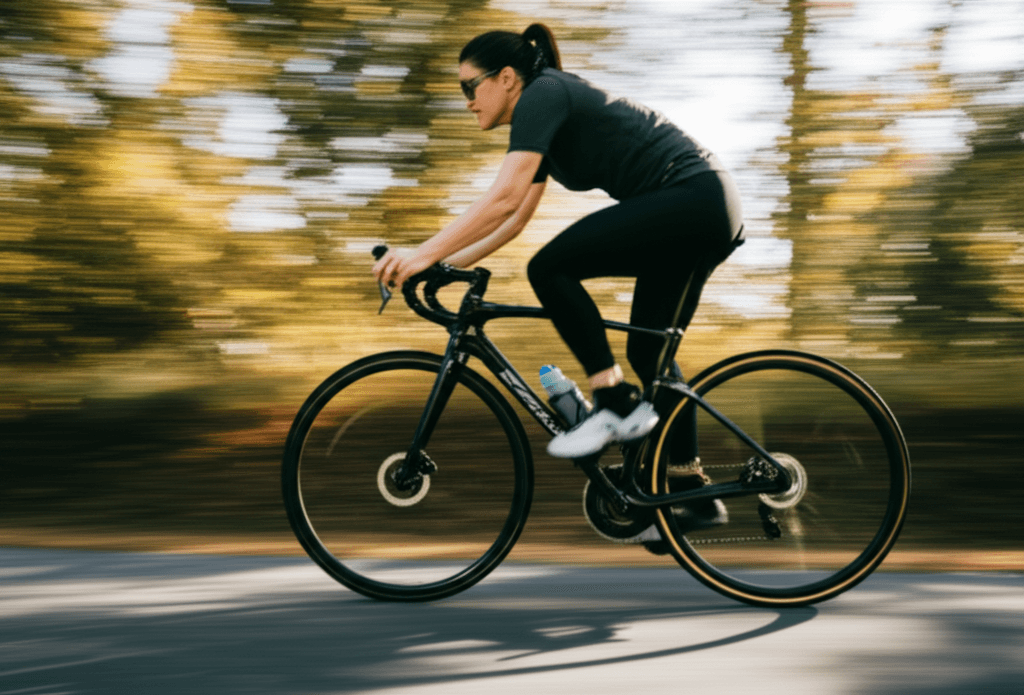
The Power of Bike Sprints for Menopausal Muscle
Bike sprints, a form of high-intensity interval training (HIIT), involve short bursts of maximal effort followed by brief recovery periods. This training modality is uniquely suited to address the muscular challenges of menopause for several key reasons:
Activating Fast-Twitch Muscle Fibers
Sprint training specifically targets and activates Type 2, or fast-twitch, muscle fibers. These fibers are responsible for powerful, explosive movements and tend to decline in both size and number as women age, especially with reduced activity and estrogen. By stimulating these fibers, bike sprints help preserve muscle mass, strength, and agility, directly counteracting age-related decline.
Hormonal Response and Muscle Growth
HIIT workouts, including bike sprints, can positively influence the hormonal environment. Intense, short bursts of activity send signals to the brain that increase human growth hormone (HGH) and testosterone, both of which are crucial for muscle mass and power, and can help menopausal women regain muscle. While traditional strength training also promotes muscle protein synthesis, the specific intensity of sprints offers a distinct anabolic stimulus.
Metabolic Benefits and Fat Loss
Menopause often leads to changes in body composition, including an increase in visceral fat (deep belly fat), even without significant weight gain. HIIT, particularly cycling HIIT, has been shown to be effective in reducing total and abdominal fat mass, improving insulin sensitivity, and lowering fasting blood sugar levels. It also strengthens and increases the number of energy-producing mitochondria and boosts the resting metabolic rate, meaning the body continues to burn calories after the workout (EPOC or “afterburn effect”). This helps manage weight and supports a healthier body composition.
Bone Health Support
Estrogen decline also impacts bone density, increasing the risk of osteoporosis. While not directly weight-bearing in the same way as running sprints, the high intensity and muscular contractions involved in bike sprints can contribute to bone health, especially when combined with other strength training. Plyometric exercises, often incorporated into HIIT, are known to improve bone density.
Cardiovascular Health and Efficiency
HIIT significantly enhances cardiovascular function by improving stroke volume (how much blood your heart pumps per beat) and increasing VO2 max, the body’s ability to use oxygen during exercise. This is especially important as the risk of heart disease rises during menopause.
Time Efficiency
One of the most appealing aspects of bike sprints and HIIT is their time efficiency. Effective results can be achieved with shorter workouts, often 10-30 minutes, making them easier to integrate into busy schedules. Short, intense intervals are also less likely to excessively elevate the stress hormone cortisol, which can be a concern with longer, moderate-intensity exercise, especially during menopause when cortisol levels might already be elevated.
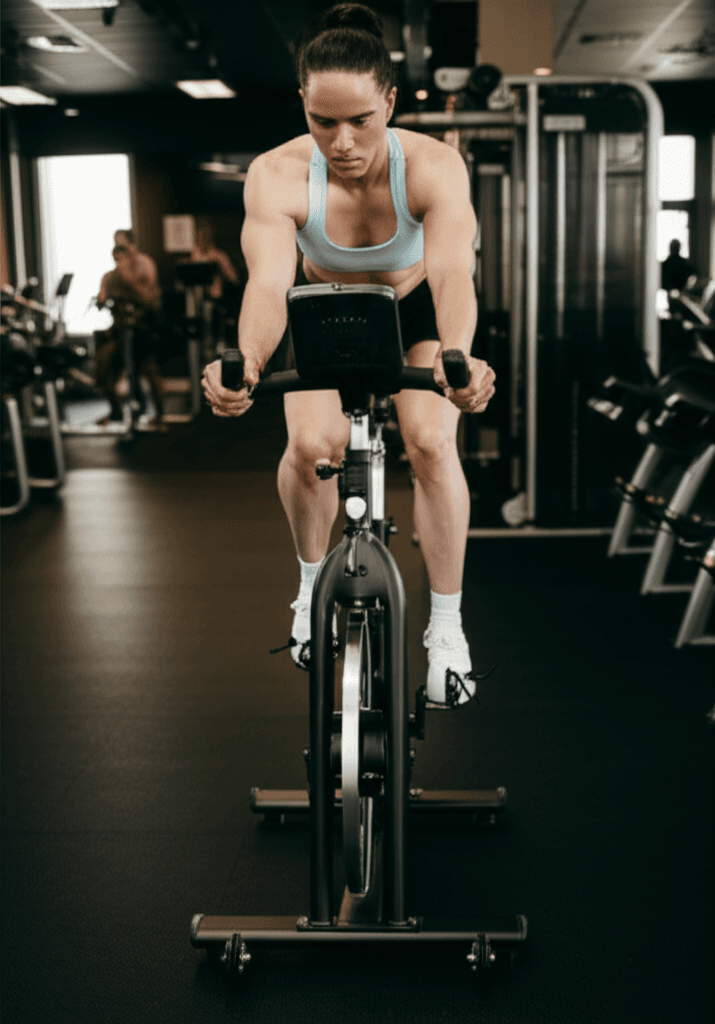
The Routine That Works: Implementing Bike Sprints
To maximize the benefits of bike sprints for muscle and overall health during menopause, consider the following routine. It’s crucial to consult with a healthcare provider or a fitness professional before starting any new exercise program, especially if you have underlying health conditions.
Frequency
Aim for 1-2 bike sprint sessions per week, ideally on non-consecutive days, allowing for adequate recovery. This can be integrated into a broader fitness plan that also includes 2-3 sessions of full-body strength training.
Equipment
A stationary bike, spin bike, or even an outdoor bicycle on a flat, safe surface can be used. A stationary bike allows for consistent, maximal effort without environmental interference.
Warm-Up (5-10 minutes)
A thorough warm-up is essential to prepare your muscles and cardiovascular system for the intense effort of sprints and to reduce injury risk.
- Light Cardio: 5 minutes of easy cycling at a moderate pace, gradually increasing your heart rate.
- Dynamic Stretching: Leg swings, hip circles, arm circles, and torso twists to increase range of motion.
Sprint Intervals
The “sweet spot” for menopausal intervals is often 30 seconds or less to maximize benefits while keeping cortisol levels in check.
- Effort: Go “all out,” aiming for a maximal, 100% effort during the sprint phase. You should feel like you have nothing left in the tank.
- Duration: 20-30 seconds of maximal effort.
- Recovery: 60-90 seconds of very light cycling or complete rest. The recovery should allow you to catch your breath and feel ready to give another maximal effort.
- Sets: Start with 4-6 sprints and gradually work up to 8-10 as your fitness improves.
Sample Sprint Protocol:
- Warm-up: 5-10 minutes light cycling and dynamic stretches.
- Sprint 1: 20-30 seconds maximal effort.
- Recovery: 60-90 seconds easy cycling or rest.
- Repeat steps 2 and 3 for a total of 4-6 sprints initially.
- Progression: Over several weeks, you can increase the number of sprints, decrease the recovery time slightly (e.g., 1:1 work-to-rest ratio like 20 seconds sprint, 20 seconds recovery), or increase the duration of the sprint slightly (up to 30 seconds max).
Cool-Down (5-10 minutes)
A cool-down helps lower your heart rate gradually, promotes relaxation, and can reduce post-workout soreness.
- Easy Cycling: 5 minutes of very light cycling.
- Static Stretching: Hold stretches for major leg muscles (hamstrings, quadriceps, glutes, calves) for 20-30 seconds each.
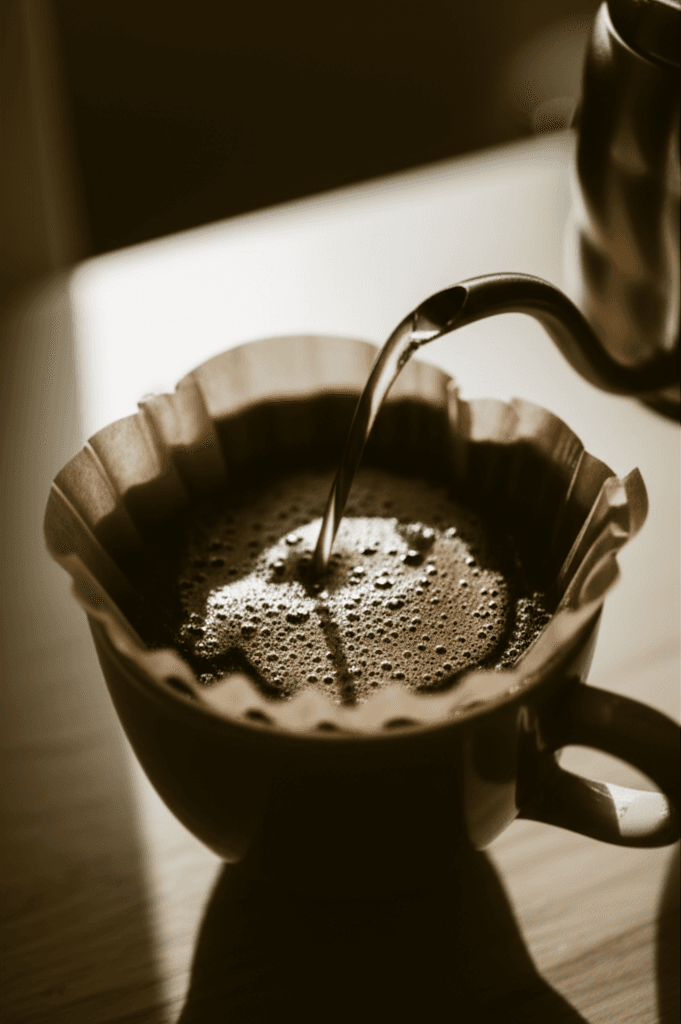
Important Considerations for Menopausal Women
- Listen to Your Body: Menopausal symptoms can fluctuate, impacting energy levels and motivation. Adjust intensity and duration as needed, and prioritize rest days.
- Combine with Strength Training: While bike sprints are excellent for muscle power and certain physiological adaptations, general resistance training with heavier loads and fewer repetitions (e.g., 2-3 sets of 6-8 reps for major compound movements like squats and deadlifts) is crucial for overall muscle mass and bone density.
- Nutrition: Adequate protein intake is vital for muscle repair and growth, especially after exercise. Women in perimenopause and beyond may need 40-60 grams of high-quality protein post-exercise due to anabolic resistance.
- Hydration: Estrogen decline can affect the body’s ability to retain fluid, making joints stiffer. Ensure ample hydration throughout the day.
- Progressive Overload: To continue building muscle, gradually increase the resistance on the bike, the duration of sprints, or the number of intervals over time.
By incorporating bike sprints into a well-rounded fitness regimen, menopausal women can effectively combat muscle loss, improve metabolic health, enhance cardiovascular function, and maintain a stronger, more resilient body through this transformative life stage.

